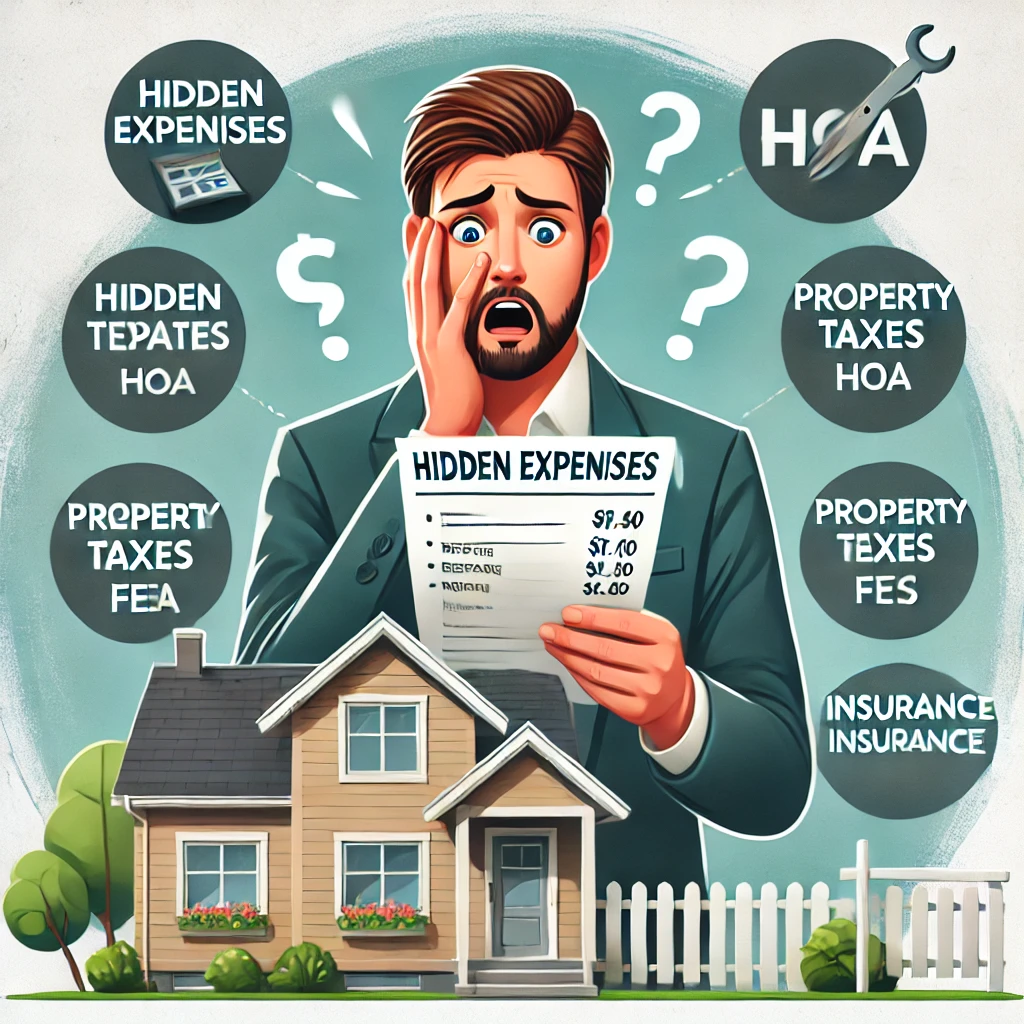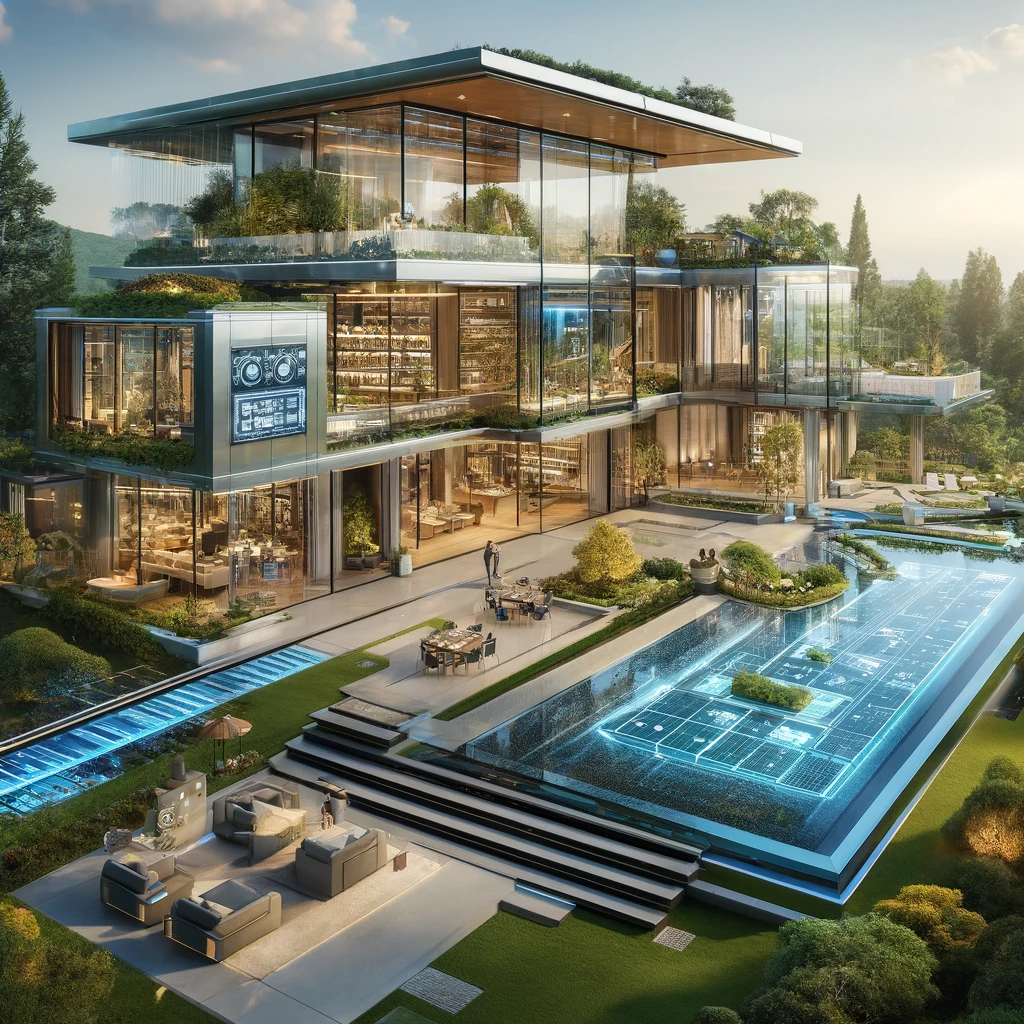In 2025 Hidden Costs of Buying a Rental Property No One Talks About
In 2025 Hidden Costs of Buying a Rental Property No One Talks About Why you should read this article It’s all about Hidden Costs of buying a rental property Introduction: The Real Cost of Rental Property Ownership Many people enter the world of real estate investment with the dream of earning passive income and building long-term wealth. While buying a rental property can be a great investment, it comes with hidden costs that many new investors overlook. These unexpected expenses can significantly impact your cash flow and overall profitability. Most people only focus on the purchase price, mortgage payments, and potential rental income, but there are several additional costs that can surprise you. In this article, we’ll uncover the hidden costs of buying a rental property and how you can prepare for them to ensure a profitable investment. — 1️⃣ Closing Costs: More Than Just the Down Payment When buying a rental property, the down payment is just the beginning. Many buyers forget about closing costs, which can add up quickly. Common Closing Costs: ✅ Loan Origination Fees – Lenders charge fees for processing your mortgage, usually 0.5%–1% of the loan amount. ✅ Title Insurance & Legal Fees – Protects you from ownership disputes and can cost $500–$2,000. ✅ Inspection & Appraisal Fees – A home inspection typically costs $300–$500, while an appraisal can be $400–$600. ✅ Property Transfer Taxes – Some states charge taxes when property ownership is transferred. ✅ Prepaid Property Taxes & Insurance – Many lenders require you to pay a portion upfront at closing. 💡 Tip: Always budget 2-5% of the purchase price for closing costs to avoid surprises. — 2️⃣ Repairs & Maintenance: Keeping Your Property in Shape Even if a rental property looks move-in ready, you’ll likely need to make repairs. Some issues may arise after tenants move in, while others will require ongoing maintenance. Types of Repair Costs: 🔧 Immediate Fixes After Purchase – New paint, plumbing repairs, or HVAC servicing. 🔧 Ongoing Maintenance – Regular expenses like pest control, lawn care, and minor repairs. 🔧 Emergency Repairs – A broken water heater or roof leak can cost thousands of dollars. 💡 Tip: Set aside 1-2% of the property value annually for maintenance costs. — 3️⃣ Property Management Fees: Handling Tenants Isn’t Free Many landlords underestimate the time and effort required to manage a hidden costs of buying a rental property. If you don’t want to handle tenant issues yourself, hiring a property manager is necessary. Property Management Costs: 🏢 Monthly Management Fees – Typically 8-12% of monthly rent. 🏢 Leasing Fees – A one-time fee (usually one month’s rent) to find a tenant. 🏢 Tenant Turnover Costs – Includes advertising, cleaning, and screening new tenants. 💡 Tip: If you choose to self-manage, be prepared for late-night maintenance calls and tenant disputes. — 4️⃣ Insurance & Liability Costs: Protecting Your Investment Rental properties require different insurance than a primary residence. Landlord insurance is more expensive and offers additional coverage for tenant-related damages. Insurance Costs to Consider: 📌 Landlord Insurance – Covers property damage and lost rent, usually 25-30% more expensive than homeowner’s insurance. 📌 Liability Coverage – Protects against tenant lawsuits in case of injury on the property. 📌 Natural Disaster Insurance – Floods, earthquakes, and hurricanes may require additional coverage. 💡 Tip: Compare quotes from multiple insurance providers to get the best rate. — 5️⃣ Property Taxes & HOA Fees: What’s Really Due? Many investors forget to research property taxes and homeowners’ association (HOA) fees before purchasing. Costs You Might Face: 🏡 Property Taxes – Can increase over time, especially if the property is reassessed. 🏡 HOA & Condo Fees – Monthly charges that can reduce your rental profit. 🏡 Special Assessments – Unexpected HOA fees for major building repairs. 💡 Tip: Check the property tax history and research potential future tax increases before buying. — 6️⃣ Vacancy & Tenant Issues: When Your Property Sits Empty Even the best rental properties experience vacancies. Every month without a tenant means lost rental income. Costs Associated with Vacancies: ❌ Lost Rent – A vacant property generates no income, but mortgage payments continue. ❌ Eviction Costs – If a tenant stops paying rent, eviction can cost $3,000-$7,000 in legal fees and lost rent. ❌ Tenant Damage – Some tenants may leave the property in poor condition, requiring costly repairs. 💡 Tip: Always have 3-6 months of expenses saved to cover unexpected vacancies. — 7️⃣ Utility Bills & Hidden Operational Costs Some landlords cover certain utilities to attract tenants, but this can be expensive. Common Utility Expenses: 🚰 Water, Gas, and Electricity – If included in rent, these can cut into your profits. 🌱 Lawn Care & Snow Removal – Some cities or HOA communities require landlords to maintain the property. 🏢 City Inspections & Compliance Fees – Some areas require rental licenses and periodic safety inspections. 💡 Tip: Clearly define in the lease who is responsible for each utility. — 8️⃣ Capital Expenditures (CapEx): Big-Ticket Repairs While maintenance covers small fixes, Capital Expenditures (CapEx) involve major property upgrades. Big Expenses to Plan For: 🔨 Roof Replacement – Costs $5,000-$15,000, depending on the size and material. ❄️ HVAC System – A new heating/cooling system can be $3,000-$7,000. 🚰 Plumbing & Electrical Upgrades – Older homes may need expensive system updates. 💡 Tip: Set aside a CapEx reserve fund to avoid financial stress when big repairs arise. — 9️⃣ Unexpected Legal & Compliance Costs Legal issues can arise unexpectedly, leading to hefty fines and attorney fees. Common Legal Costs: ⚖️ Fair Housing Law Compliance – Avoiding discrimination lawsuits requires legal knowledge. 📑 Lease Agreement Review – Having an attorney draft or review your lease protects you from legal risks. 🚔 City & State Regulations – Some areas have strict rental laws and licensing fees. 💡 Tip: Consult a real estate attorney to ensure you comply with all rental laws. 🔟 Conclusion: Be Financially Prepared Before Buying Buying a rental property is not just about mortgage payments … Read more

